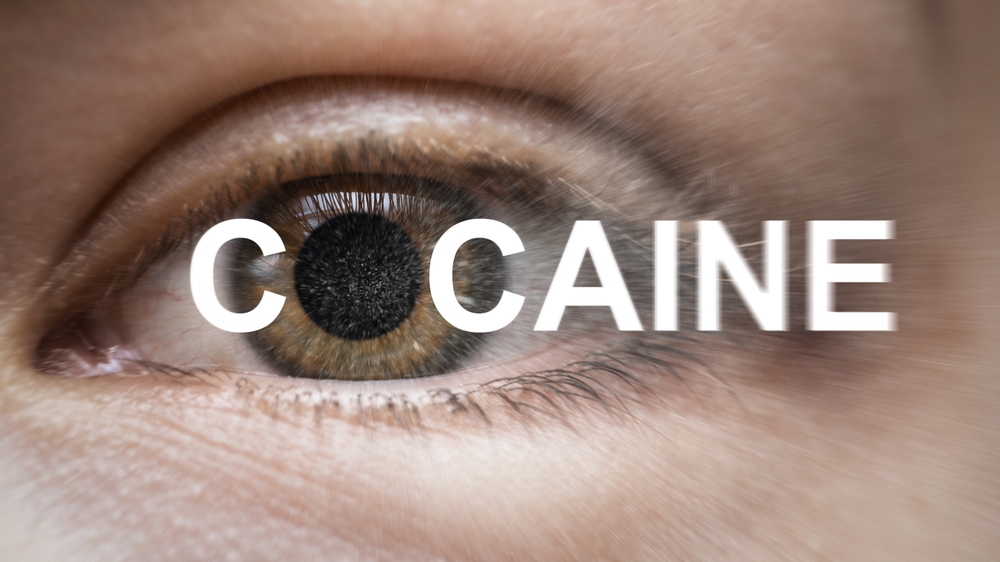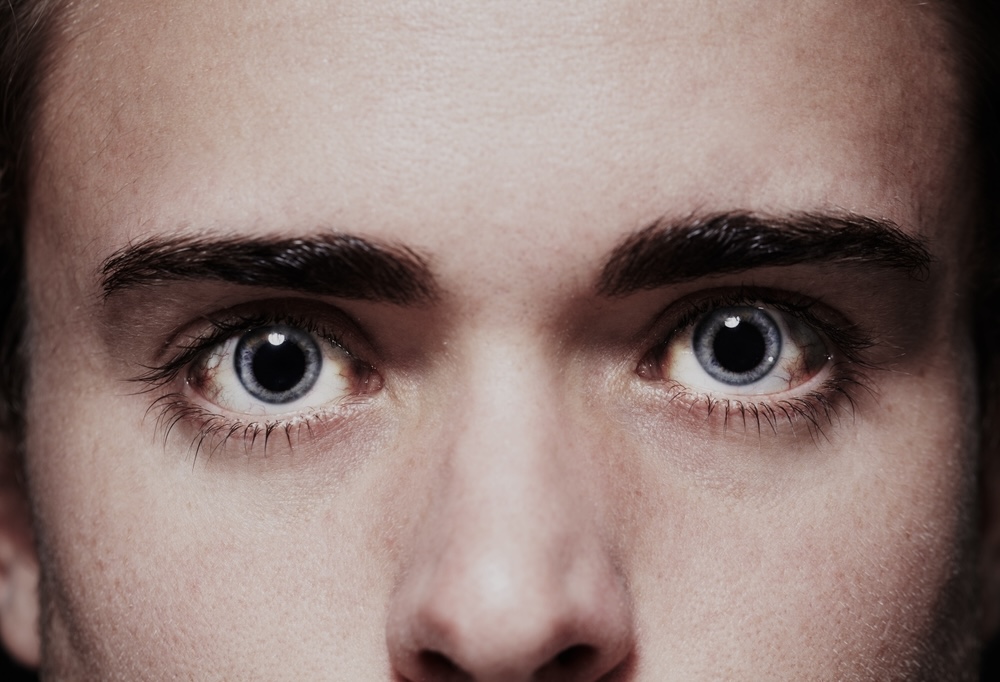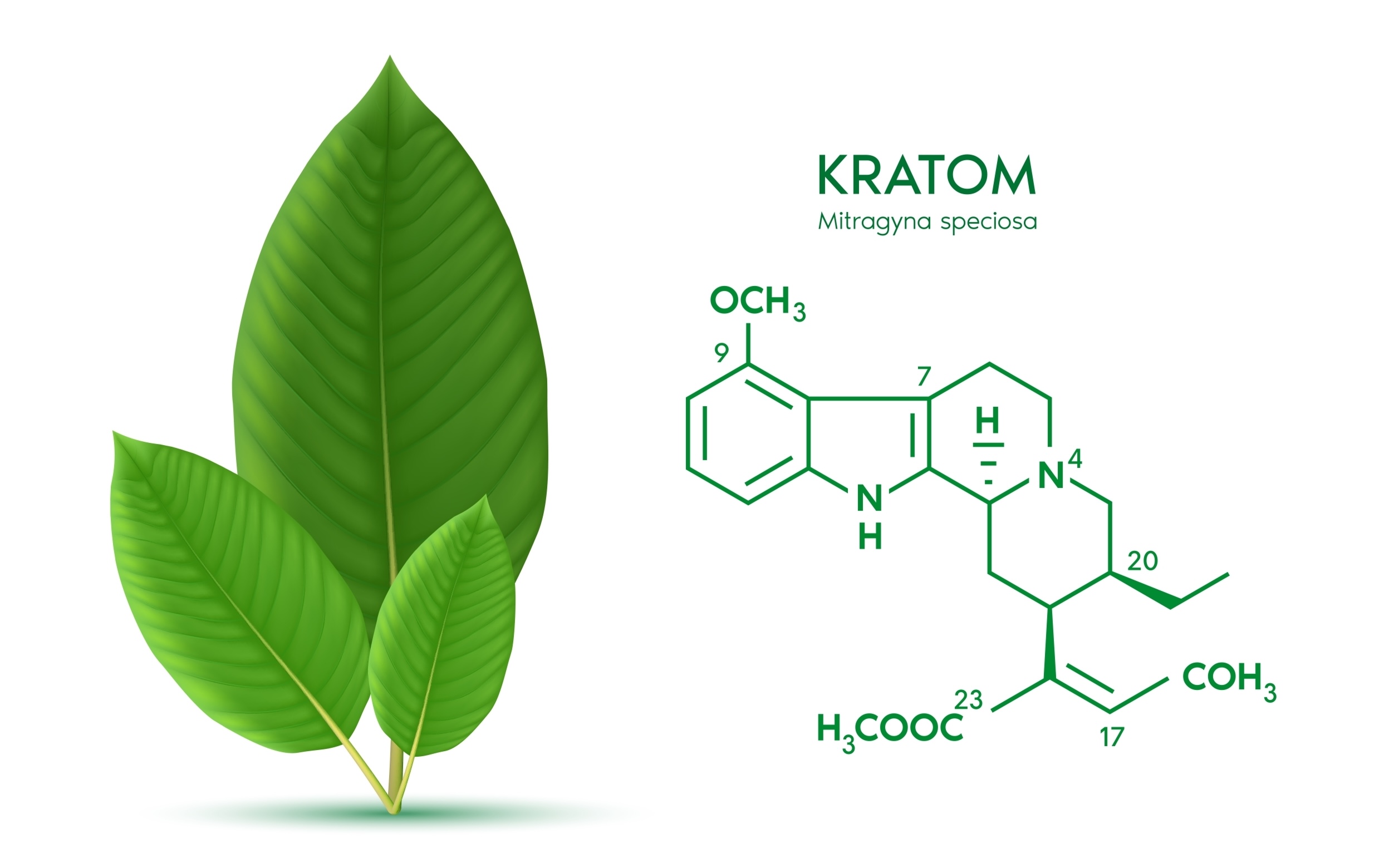Have you ever noticed someone with unusually large pupils and wondered about the cause? Or maybe you’ve heard about how drugs like cocaine can affect the eyes, but aren’t sure what to look for. Cocaine can cause several noticeable changes to the eyes, making it easier to spot if someone might have used it.
Many people wonder if dilated pupils are a sure sign of drug use or how cocaine harms vision. These questions are common, and understanding cocaine’s impact can help you identify warning signs in yourself or others.
In this post, we will clarify whether dilated pupils alone signify an addiction and discuss treatment options. If you or a loved one is struggling with addiction, this blog aims to guide you toward understanding and help.
What Are Cocaine Pupils?
Cocaine pupils refer to the enlarged or dilated pupils seen in people who have recently used cocaine. Cocaine is a powerful drug that directly interacts with your central nervous system. Since cocaine is a stimulant, it causes your body to respond in hyperactive ways, including changes in your eyes. One major effect is that your pupils expand, allowing more light to enter.
This is why cocaine users often become sensitive to light and may start wearing sunglasses indoors or on cloudy days. Cocaine also narrows the blood vessels in the eyes, giving them a red, irritated look.
Additionally, prolonged use can lead to more severe side effects, such as talc retinopathy, which occurs when fillers in the drug damage the retina. These physical signs often serve as a red flag for recent cocaine usage, especially when paired with other changes in behavior or appearance.

What Do Cocaine Pupils Look Like?
If you’re trying to identify cocaine pupils, there are a few specific traits to notice. First, you’ll see that the person’s pupils are much larger than usual, often so big that you can barely see the colored part of their eye. This dilation is a clear sign that their body is reacting to the drug. Enlarged pupils make the eyes extremely sensitive to light, so they might avoid bright spaces or cover up with sunglasses.
You may also notice blurred vision, as cocaine can temporarily interfere with the eye’s ability to focus. Another key sign is fluid pressure in the eyes, which makes them red or bloodshot, leading to discomfort and irritation.
Erratic or jerky eye movements are additional effects caused by the drug’s impact on the muscles and nerves that control your eyes. Over time, repetitive use can increase the risk of vision loss and other long-term effects of cocaine. Together, these physical symptoms create a distinct “cocaine eye” appearance.
Does Dilated Pupils Mean Someone Is Addicted to Cocaine?
Not necessarily. While dilated pupils are a common sign of cocaine usage, they don’t automatically mean addiction. Many other conditions can cause pupils to enlarge, including light changes, medications, or even eye trauma.
Cocaine use that results in dilated pupils is only one of many possible signs and symptoms of cocaine abuse. To determine addiction, it’s important to look at other physical and behavioral indicators.
Some of these include:
- Erratic mood swings
- Constant sniffing, a symptom of snorting cocaine
- Rapid weight loss
- Loss of appetite
- Insomnia or excessive energy
- Financial problems or issues at work or school
If you notice multiple signs, that’s when you might want to step in and offer concern. Remember, dilated pupils alone don’t confirm cocaine addiction, but when combined with behaviors like secrecy or isolation, they could indicate a bigger problem.

Is Cocaine Addiction Treatable?
Yes, cocaine addiction is treatable, but it often requires a multi-step approach. The first phase is usually detox, where the person stops using cocaine under medical supervision. This process helps clear their body of the stimulant and manage withdrawal symptoms safely. Following detox, therapy becomes the focus. This can involve individual counseling, group sessions, and cognitive behavioral therapy to help change patterns of behavior tied to drug use.
Rehab centers also provide education about the long term increase in health risks from continued cocaine use and strategies for relapse prevention. Treatment doesn’t stop at therapy, though. Many programs include additional support like medical monitoring, family counseling, and sober living options to help individuals rebuild their lives.
Best Cocaine Addiction Treatment in Orange County, CA
Understanding the effects of cocaine on your eyes can help you recognize warning signs early. Cocaine pupils are key physical indicators of recent cocaine use. However, these symptoms alone don’t confirm addiction. Addiction often includes a mix of physical signs and behavioral changes.
If you’re searching for quality treatment in Orange County, CA, Zoe Behavioral Health offers compassionate support for those facing cocaine addiction. Zoe provides personalized outpatient programs that address the unique needs of each individual.
From therapy and counseling to medical care, their expert team is committed to helping you or your loved one regain control over life. The serene Southern California setting allows patients to heal both physically and emotionally, surrounded by support.



